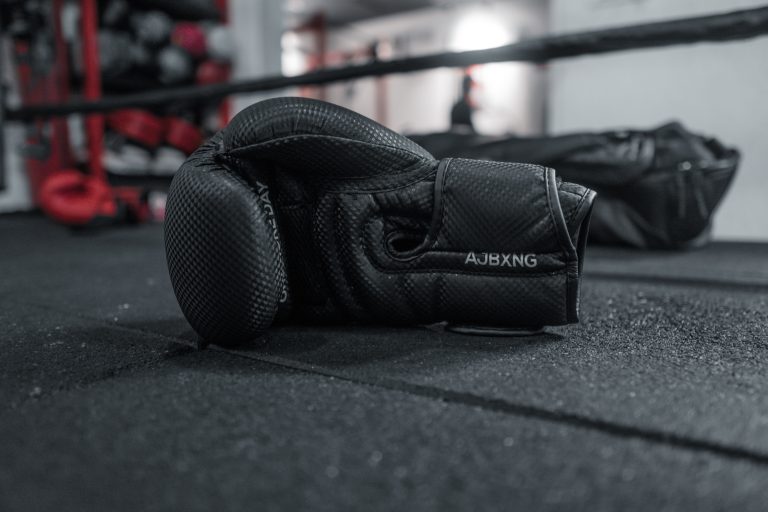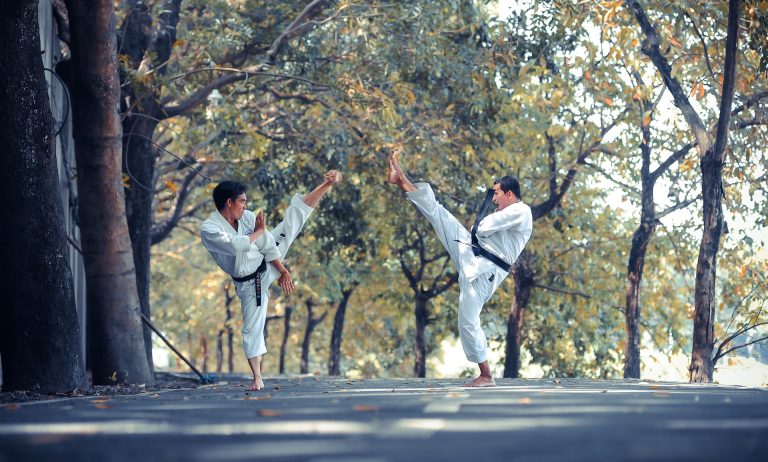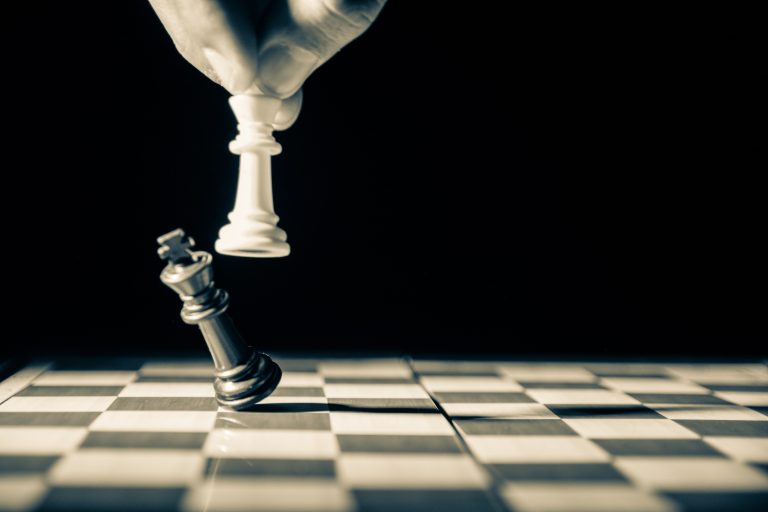The importance of katas in karate: an introduction
Karate is a martial art that has its roots in Okinawa, Japan, and has become popular all over the world. It is a discipline that focuses on developing physical and mental strength, self-defense, and self-discipline. One of the key components of karate training is kata, a series of movements that represent the essence of the martial art.
Kata is a Japanese word that means “form” or “pattern.” It is a series of predetermined movements that simulate a fight with imaginary opponents. There are hundreds of different kata, each with its own specific techniques and movements. They are practiced all around the world by beginners and advanced practitioners alike.
But why are kata so important in karate? Here are a few reasons:
Developing muscle memory
One of the primary goals of kata is to develop muscle memory. By practicing the same movements over and over, karateka (karate practitioners) train their bodies to execute them automatically, without conscious thought. This is important because in a real fight, there is no time to think – you need to react instinctively. Practicing kata helps develop this instinctual reaction to different scenarios.
Developing proper technique
Another key benefit of kata practice is that it helps develop proper technique. Kata provide a framework for karateka to practice basic techniques like punches, kicks, and blocks. By repeating these movements in a controlled environment, practitioners can refine their technique and develop good habits. This translates to better performance in sparring or real-life self-defense situations.
Developing focus and concentration
Kata require a great deal of focus and concentration. Karateka must pay careful attention to their movements, their breathing, and their mental state while practicing. This focus and concentration carry over into other areas of life, helping practitioners develop discipline and mental toughness.
Preserving tradition
Finally, kata are an important part of preserving the tradition of karate. Many kata have been passed down from generation to generation, and practicing them helps keep the art alive. Kata also provide a connection to the history and culture of Okinawa and Japan, where karate originated.
In conclusion, kata are an essential part of karate training. They help develop muscle memory, proper technique, focus and concentration, and preserve the traditions of the art. Whether you are a beginner or an experienced practitioner, practicing kata should be a cornerstone of your training.
The Importance of Katas in Karate: An Introduction
Karate is one of the oldest and most popular martial arts in the world. It is known for its focus on high-speed strikes, grappling, and powerful kicks. One of the most important aspects of karate training is practicing katas. Katas are a set sequence of movements that simulate a fight. They are essential for karate students because they help develop correct technique, speed, timing, balance, and strength. In this blog post, we will answer some of the most frequently asked questions about the importance of katas in karate.
1. What are katas in karate?
Katas are a series of pre-arranged movements or techniques performed in a sequence. These movements are designed to simulate a combat scenario, such as defending against an opponent, attacking an opponent, or counter-attacking an opponent. Each kata has its unique set of moves, and they are usually performed without a partner.
2. Why are katas essential in karate?
Katas are essential in karate for several reasons. Firstly, they teach the correct technique. By practicing the katas, students can develop their technique in a safe and controlled environment. This is important because it helps prevent injury, and it helps students develop good habits. Secondly, katas teach students timing and speed. Speed in karate is a critical factor, and katas are a great way to develop it. Finally, katas train the mind-body connection. They help students develop focus, discipline, and concentration, which are crucial for success in any martial art.
3. How do katas help in self-defense?
One of the primary aims of karate is to develop skills that can be used in real-life combat situations. Kata training can help in self-defense by developing muscle memory. The movements that students learn in kata training are practiced repeatedly until they become almost automatic. This means that if a student is ever in a real-life combat situation, their body will react almost automatically, giving them a much better chance of defending themselves.
4. How many katas are there in karate?
Karate has many different kata, with each style of karate having its unique set of kata. Shotokan, which is one of the most popular styles of karate, has 26 katas. Other styles may have more or fewer katas. It is essential to note that a student’s proficiency in karate is not measured by the number of katas they know, but by their skill level and understanding of the art.
5. Can practicing katas lead to injury?
As with any physical activity, there is always a risk of injury. However, practicing katas is generally considered to be low-risk. This is because they are usually performed at a slower pace and with a lower intensity than, say, sparring or free-style practice. It is essential to warm up before practicing katas and to stretch properly to reduce the risk of injury.
6. Can I practice katas on my own?
Yes, you can practice katas on your own. In fact, practicing katas is an excellent way to supplement your training and develop your technique. However, it is important to receive feedback from your instructor regularly. They can help you correct any bad habits, provide guidance, and help you to refine your technique.
7. How often should I practice katas?
The frequency of kata practice varies depending on a student’s level and goals. In general, beginners may practice katas once or twice a week, while more advanced students may practice katas five or six times a week. It is essential to remember that quality is more important than quantity. Practicing katas correctly and with focus is more beneficial than just going through the motions.
Conclusion
In conclusion, katas are a crucial element in karate training. They teach essential skills, such as correct technique, timing, speed, and strength. Kata practice is also essential in developing the mind-body connection and discipline necessary for success in any martial art. By practicing katas regularly, students can develop their skills and progress towards their goals. If you are interested in learning karate, we highly recommend that you find a reputable school and begin your training.
Inhaltsverzeichnis






